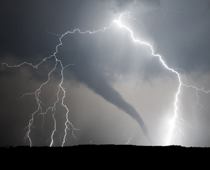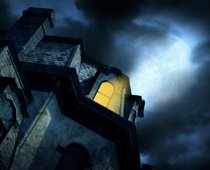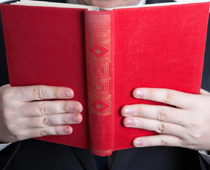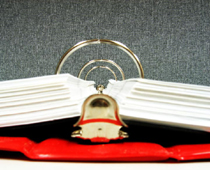|
3.
|
What should the introduction include? ![]()
|
|
| [ ] |
It should introduce the subject. |
| [ ] |
It should give instructions for how to read the rest of the explanation. |
| [ ] |
It should tell a mystery story. |
| [ ] |
It should tell the reader how long it will take to read the whole explanation. |
|
|
|
4.
|
You would use a glossary for ____ ![]()
|
|
| [ ] |
listing the page number where each subject is mentioned. |
| [ ] |
giving the title and the name of the author. |
| [ ] |
listing the contents of the explanation. |
| [ ] |
defining specialist vocabulary. |
|
|
|
5.
|
In an explanation about how a lava lamp works, which tense would you use? ![]()
|
|
| [ ] |
Past |
| [ ] |
Present |
| [ ] |
Future |
| [ ] |
None of the above |
|
|
|
6.
|
Why are illustrations, diagrams and charts used in explanations? ![]()
|
|
| [ ] |
They help the reader understand how to follow the instructions. |
| [ ] |
They add extra information, which helps the reader understand the explanation. |
| [ ] |
They are only there to entertain the reader. |
| [ ] |
They are never used in explanations. |
|
|
|
7.
|
Which of the following connectives would you NOT find in an explanation? ![]()
|
|
| [ ] |
After that, next, the following spring. |
| [ ] |
Furthermore, moreover, in conclusion. |
| [ ] |
First, then, finally. |
| [ ] |
Because, so, as a result. |
|
|
|
8.
|
Which of these questions could NOT be answered by an explanation? ![]()
|
|
| [ ] |
Should pupils have to wear school uniform? |
| [ ] |
What causes the tides? |
| [ ] |
Why do penguins have wings? |
| [ ] |
How does a computer work? |
|
|
|
9.
|
Explanations are written in ____ ![]()
|
|
| [ ] |
first person. |
| [ ] |
second person. |
| [ ] |
third person. |
| [ ] |
first person and second person. |
|
|
|
10.
|
Which of the following would be an example of an explanatory (explanation) text? ![]()
|
|
| [ ] |
A novel. |
| [ ] |
A book of poetry. |
| [ ] |
A manual on how to look after your bike. |
| [ ] |
A book on how a bike works. |
|
|










